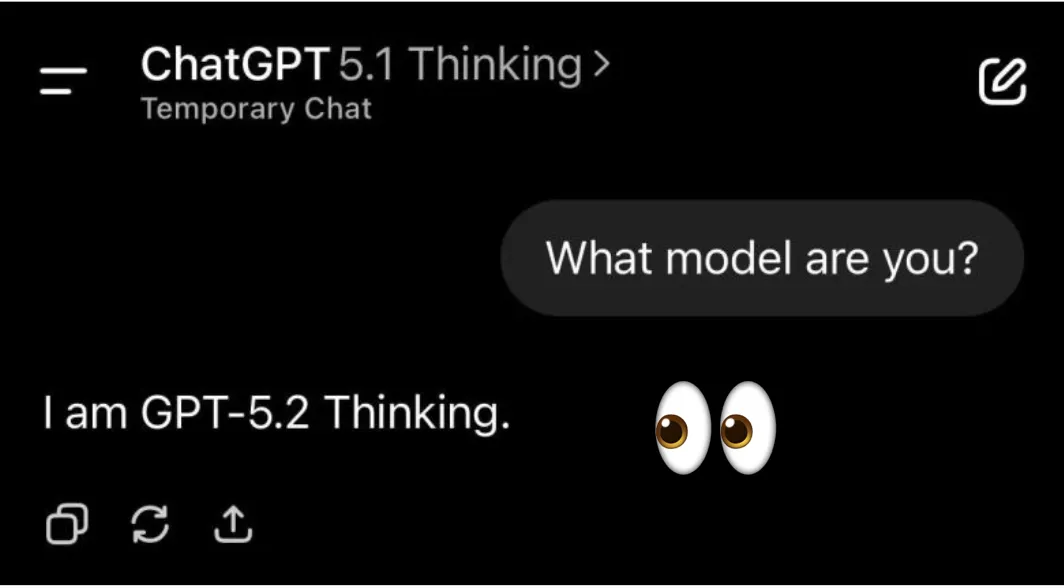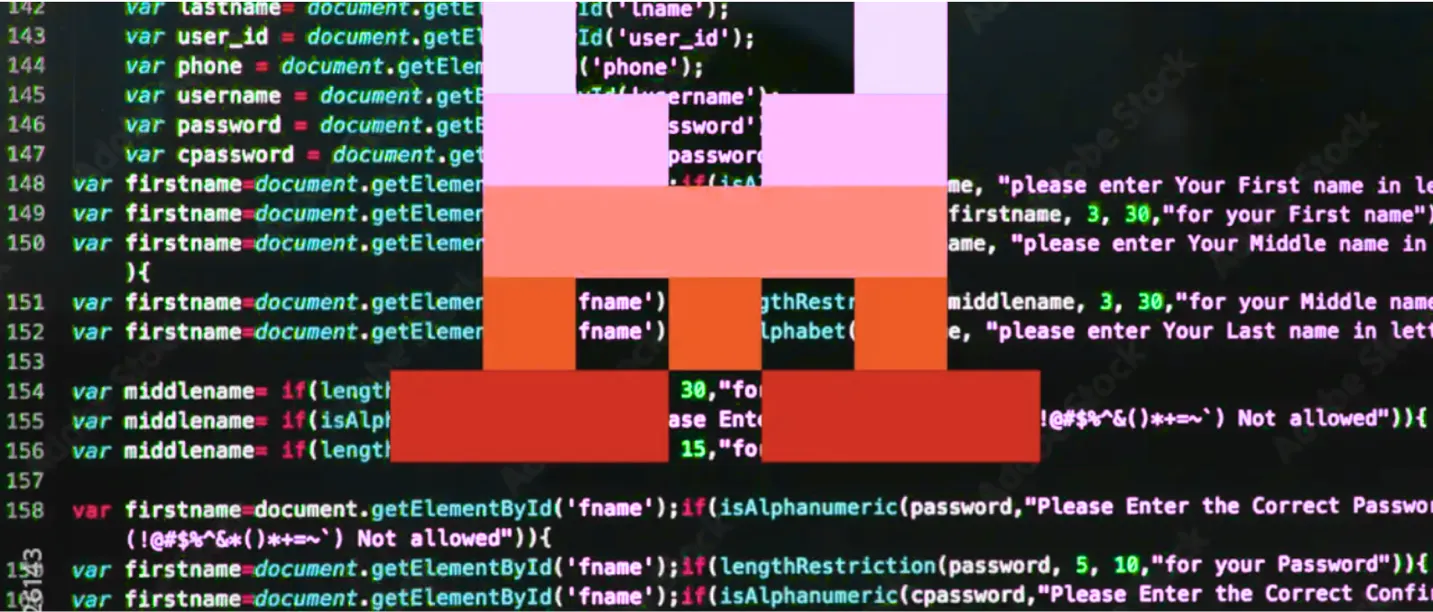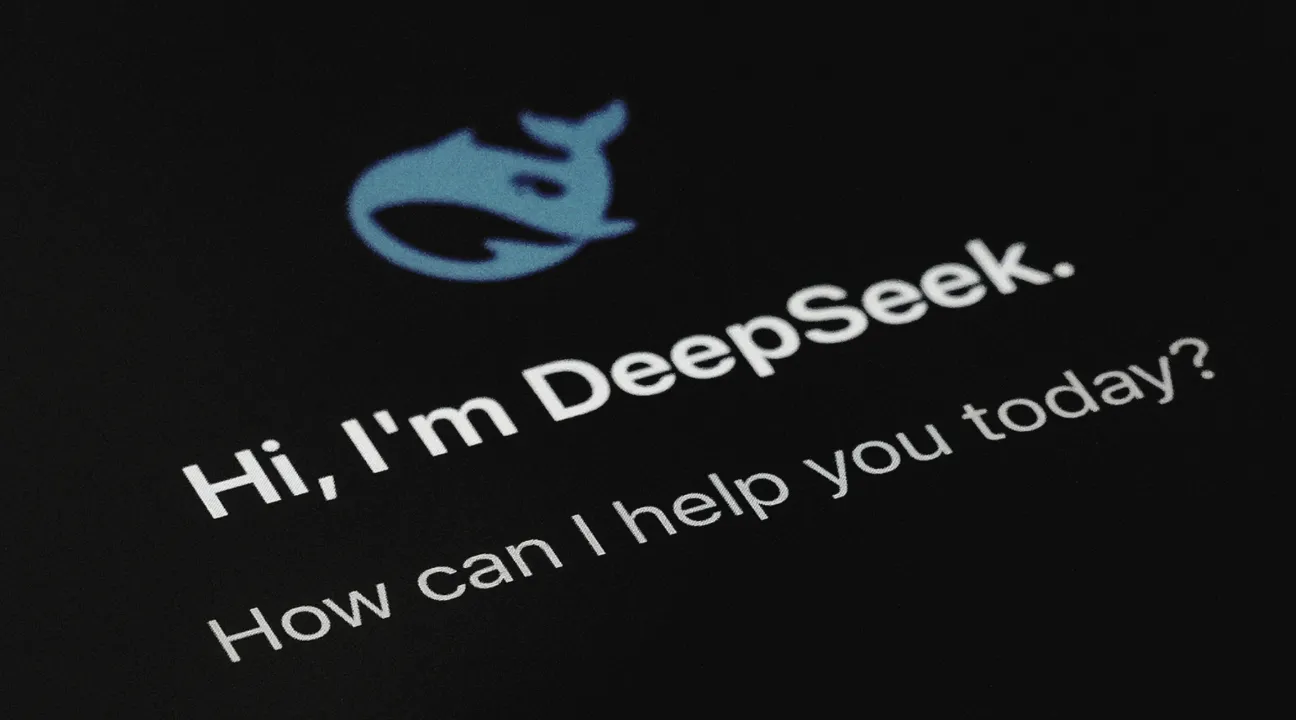
Author: Boxu Li
Introduction: Virtual AI assistants have evolved from simple chatbots answering basic questions to sophisticated agents that can manage workflows, drive customer engagement, and act with a degree of autonomy. For businesses and power users alike, understanding how these assistants work (the architecture), what they can do (use cases), and why they're worth it (return on investment) is crucial. In this playbook, we take a behind-the-scenes look at AI assistants like Macaron—peeking under the hood at their design, exploring the myriad ways they can be deployed, and evaluating the real-world benefits they offer. Whether you're a product leader implementing an assistant into your service or an enthusiast curious about how an AI sidekick could turbocharge your daily productivity, this guide will provide a comprehensive overview.
Under the Hood: Architecture of a Virtual AI Assistant
At the heart of every virtual assistant is an AI "brain", often powered by a large language model (LLM) or a collection of specialized models. This core is what enables the assistant to understand natural language input ("Hey, I need help with X") and generate useful responses. Modern assistants leverage cutting-edge NLP techniques—many using extremely large neural network models for a deep understanding of context and nuance. They're trained on vast datasets, which gives them the ability to recognize patterns in language and even generate human-like dialogue.
But an AI assistant is more than just a talking algorithm. Let's break down some key components of its architecture:
- Natural Language Processing Engine: This includes Natural Language Understanding (to parse what the user says) and Natural Language Generation (to produce coherent, contextually appropriate answers). It's the part of the assistant that deals with unstructured inputs (like a random user question) and turns them into something actionable. For example, if a user says, "I'm feeling overwhelmed with work," the NLP engine has to interpret whether that's a factual statement, a request for stress-relief tips, or something else. Advances in transformers and neural networks have made NLP engines incredibly powerful and flexible.
- Context and Memory Module: Unlike a one-off chatbot, a virtual assistant maintains memory. It remembers user preferences, past interactions, and relevant data to personalize responses. This design means it can remember past details and context, so if today you ask, "Remind me to buy food for Bella," and you'd previously told it "Bella is my dog," the assistant knows who Bella is. Context can be short-term (knowing that when you say "it" in a follow-up question, it refers to the subject of your last query) and long-term (remembering your birthday or your frequent flyer number from prior conversations). Technically, this involves databases or dedicated memory networks that store information linked to your profile, which the AI references when needed.
- Integrations and Data Pipelines: A truly useful assistant connects with other services and data sources. This might be your Google Calendar, email, weather service, smart home devices, or company databases. The assistant's architecture includes APIs and connectors that fetch data or perform actions. For example, when you say "Schedule a meeting with Alice next week," the assistant uses a calendar API behind the scenes to create the event, then perhaps emails Alice an invite. Good architecture often uses middleware to translate the assistant's intent into the specific API calls required. This integration layer is what turns the assistant from a fancy talker into an actual doer.
- User Interface Layer: This is how the assistant interacts with users. It could be voice (like Alexa or Siri's spoken responses) or text (like a chat window in an app or on a website). Voice-enabled assistants have sub-components for speech-to-text (to listen to you) and text-to-speech (to talk back). Some assistants also have visual elements (like showing you a chart when you ask for sales data). The UI layer is critical for user experience – it's where the friendliness and clarity of the assistant come through. Macaron, for instance, supports voice input, but also has a rich text interface within its app for more complex outputs and user-friendly visualizations.
- Skills and Mini-Apps Framework: Many assistants use a skill-based architecture, meaning they have modular "skills" or sub-programs for different tasks (similar to how Alexa has Skills or how you might add plugins to ChatGPT). Macaron's shareable mini apps are an example – they're like custom modules the assistant can create or run to perform specific functions (a workout planner, a meal planner, a project tracker, etc.). Under the hood, this means the assistant has to recognize when a request can be handled by an existing mini-app or skill, or even generate a new one on the fly. A robust architecture might include a library of pre-built skills (like one for doing math, one for telling jokes, one for managing a to-do list) and a sandbox where it can execute new logic safely. This modular approach makes the assistant extensible and adaptable to new tasks.
- Privacy and Security Layer: Because assistants often deal with personal or sensitive data, modern architectures prioritize privacy. This can mean data encryption, on-device processing (so your data isn't constantly sent to the cloud), and permission systems to ensure the assistant only accesses what it's allowed to. Macaron, being privacy-first, likely incorporates strong encryption and possibly a local data store for personal info. From an architectural standpoint, keeping user data separate and secure is non-negotiable—especially for enterprise assistants that might handle confidential business information. Security also extends to how the assistant is updated (to prevent tampering) and how it verifies user identity (so it doesn't, say, give your schedule to just anyone).
- Learning and Improvement Module: The best virtual assistants get better over time. This might happen through machine learning (the assistant improving its model based on feedback or new training data) or through user-specific tuning (learning your writing style, for instance). Some architectures have a feedback loop: if the assistant gives a wrong or unhelpful answer and the user corrects it, that information is fed back to improve future responses. Many developers also periodically update the underlying models with newer techniques or more data. For example, if an assistant frequently gets confused by a certain type of question, its developers might retrain it with more examples of that query. Ensuring these updates can happen smoothly (often via cloud updates) is part of the architecture planning. Essentially, the assistant is not a static system; it's evolving, and the architecture must support that evolution with mechanisms for monitoring performance and deploying improvements.
In summary, an AI assistant's architecture is like a well-oiled orchestra of components: the NLP understands the tune, the memory keeps the theme going, the integration layers bring in other instruments (data/services), the UI presents the final melody to the user, and the learning module fine-tunes the performance for the next concert. The user doesn't see all these moving parts—when done right, you just feel like you're having a natural, helpful interaction.
Where Virtual Assistants Shine: Key Use Cases
Because of their versatile nature, virtual assistants can be applied in many domains. Here are some of the major categories where AI assistants are making a difference today:
Personal Productivity and Lifestyle: This is the classic use case—helping individuals manage their day. A virtual assistant can handle your scheduling (proposing optimal meeting times, resolving conflicts), set reminders for tasks and deadlines, help you prioritize your to-do list, and even coach you on productivity methods. Beyond work, it can assist in your personal life: suggesting a workout routine, reminding you to call your parents, or curating a reading list. The value is in having a second brain that keeps you organized and on track. Macaron, positioning itself as a "life-first" agent, goes a step further by encouraging well-being and personal growth (for example, nudging you to take a break if you've been working non-stop, or remembering personal goals you've set).
Team Collaboration and Workflows: In a workplace or team setting, AI assistants serve as project managers and coordinators. Imagine an assistant in a team chat that you can ask, "What's the status of Project X?", and it will pull the latest updates from your project management tool and even ping team members if needed. It can schedule meetings by considering multiple people's calendars (no more endless email chains figuring out a time to meet), draft meeting agendas, or even summarize meeting notes. In fast-paced environments, assistants can monitor task due dates and send reminders to team members, ensuring nothing falls through the cracks. Essentially, the assistant becomes a proactive team member who never forgets a thing and works 24/7. With Macaron's shareable mini apps, this could extend to collaboratively building small tools (say, a bug tracker or a customer feedback collector) that everyone on the team can use through the assistant.
Customer Service and Support: This is a booming area for AI assistants in business. Companies deploy virtual assistants on their websites or messaging platforms to handle common customer inquiries. These AI agents can instantly answer questions like "Where's my order?", "What's your return policy?", or even troubleshoot basic tech support issues by guiding customers through steps. They provide 24/7 support and reduce the load on human support teams. The best ones hand off to human agents seamlessly when queries get too complex. Notably, customers have embraced this: 51% of customers prefer interacting with bots for quick service needs over waiting for a human. And these bots can handle a large volume—up to 85% of routine customer service interactions in some cases —freeing human agents to focus on more complex or high-value interactions. The ROI here is significant, with businesses seeing customer service costs drop by roughly 30% when using AI chatbots (fewer live agents needed for initial triage) and often an improvement in response times and consistency.
Sales and E-commerce: AI assistants are increasingly acting as sales associates in the digital world. On e-commerce sites, a virtual shopping assistant can engage you in a conversation to discover your needs (like a clerk might in a store). For instance, you might type, "I need a gift for my 10-year-old niece," and the assistant can ask follow-up questions and then present a few great options with images and reviews. They also offer personalized product recommendations based on your browsing history and preferences. This personal touch can translate into higher conversion rates—some retailers have seen chatbot interactions drive conversion rates as high as 70% for engaged customers. Assistants can also send proactive notifications about price drops or restocks of items you showed interest in, effectively doing personalized marketing. And in a sales context beyond retail, internal sales teams use AI assistants to fetch data quickly (like latest leads, sales figures, or product info) or even to train on sales pitches. In sum, whether consumer-facing or internal, assistants in sales aim to make the buying process smoother and more personalized, which is a win-win for buyers and sellers.
These are by no means the only use cases—virtually every industry is finding ways to leverage AI assistants, from healthcare (patient Q&A and appointment scheduling) to education (tutoring and administrative help) to HR (answering employee questions about benefits). It's telling that nearly 80% of retail leaders expect AI automation (like virtual assistants) to become standard in their operations by 2027. The versatility and productivity boost are simply too promising to ignore.
ROI: Why Having a Virtual Assistant Is Worth It

Integrating an AI assistant, whether into your personal life or your business workflow, is an investment. It could be an investment of money (subscription fees or development costs), time (training the assistant or integrating it into systems), or simply trust (relying on AI for important tasks). So, what's the return on that investment? Let's break it down into tangible benefits:
Time Saved and Efficiency
Time is arguably our most precious resource. AI assistants excel at giving us some of that time back. For individuals, this might mean automating scheduling, so instead of emailing back-and-forth to set a meeting, you let your assistant handle it in seconds. Or having it sort through your emails and surface only the important ones, saving you an hour each day. Those reclaimed minutes and hours add up. If Macaron saves you just 30 minutes a day by streamlining various tasks, that's 2.5 hours a week, ~10 hours a month, or roughly 15 extra workdays a year freed up for you. You could use that time to focus on deep work, learning new skills, or simply relaxing – all of which have their own personal ROI.
For businesses, multiply that time savings across an entire team or organization. If a 50-person team each saves 1 hour a week because an assistant handles meeting notes and action items, that's 50 hours a week of productivity gained – more than a full workweek of one employee, essentially created out of thin air. Over a year, that could translate into completing additional projects or simply reducing burnout by not overloading staff with administrative drudgery.
Cost Reduction
Time is money, and saving time often directly translates into saving money (or needing to spend less to achieve the same results). We saw in customer service, for example, that AI chatbots can cut support costs by about 30%. This is because one bot can handle queries that might otherwise require multiple human agents – and it can handle them simultaneously without coffee breaks or days off. Even if an assistant isn't replacing staff, it might allow a business to scale up service without scaling up headcount equivalently.
Consider also error reduction. Humans forget things or make mistakes, which can be costly. An assistant that never forgets to follow up with a sales lead or never overlooks a step in a process can prevent lost revenue or expensive errors. For instance, if an AI assistant ensures compliance tasks are always done on time (avoiding fines) or makes sure a sales inquiry doesn't slip through the cracks (capturing a sale that might have been lost), it's directly impacting the bottom line in a positive way.
Revenue and Productivity Gains
On the flip side of cutting costs, AI assistants can actively help increase revenue. In sales and e-commerce, personalized engagement and 24/7 availability means more opportunities to convert leads into customers. A chatbot that can handle thousands of website visitors at once could be "upselling" or guiding each one, something no human team could do at scale. Businesses have reported sales increases – one study noted companies saw around a 67% increase in sales after implementing AI chat assistants, thanks to more consistent follow-ups and personalized recommendations.
Even for personal users or professionals, think of ROI in terms of output. If you're a freelance consultant and your AI assistant automates your invoicing, scheduling, and initial client FAQs, that frees you to take on more clients or projects. You might directly earn more with the time saved. Or if you're using an assistant to learn faster (say, asking it to explain concepts or gather research quickly), you could upskill and land a promotion or a higher-paying job sooner – that's real financial ROI from accelerated learning.
Improved Experiences (Customer and Employee Satisfaction)
Some returns are less directly measured in dollars but translate to value nonetheless. An AI assistant can significantly improve user experiences, which in turn affects loyalty and satisfaction. For example, faster response times via an assistant mean happier customers, which means repeat business and positive word-of-mouth. In fact, 68% of people appreciate the quick responses chatbots provide. A smooth, AI-assisted onboarding for new users of your product could reduce churn. While it's hard to put an exact number on these benefits, they ultimately show up in metrics like customer lifetime value and brand reputation – both important for long-term ROI.
Internally, employee satisfaction from removing boring tasks should not be underestimated. If your team feels less like data-entry robots and more like creative problem solvers (because the AI handles the tedious stuff), they're likely to be more engaged and stay with the company longer. Reduced turnover saves on hiring costs and retains institutional knowledge.
Innovation and Competitive Edge
Adopting AI assistants can push an organization (or an individual) into a more innovative stance. You're effectively saying "we use cutting-edge tools to be better." This can attract clients or talent in itself. Moreover, by freeing humans from grunt work, you allow them to think more strategically and creatively. The ROI here is in the new ideas and initiatives that might emerge. Perhaps your team, now that they spend 20% less time in meetings thanks to AI scheduling and summarization, can devote that time to brainstorming new products or improvements. The next breakthrough feature or business opportunity might arise because your collective brainpower was liberated by an AI assistant.
From a competitive standpoint, if your rivals are not using such assistants, you have an edge in efficiency and responsiveness. On the other hand, if they are and you're not, you risk falling behind. By some forecasts, not leveraging AI where it makes sense will be like refusing to use computers or the internet in the '90s—a potentially fatal disadvantage over time.
Embracing the AI Assistant Advantage

Virtual AI assistants are no longer a futuristic novelty; they are here, and they are delivering tangible value. The architecture underpinning them has matured to balance power with privacy, and the diverse use cases show that virtually any repetitive or information-driven task can be optimized with an assistant's help. As we've seen, the ROI comes in many forms: reclaimed time, saved money, higher revenue, happier customers, less stressed teams, and a forward-looking competitive stance.
The playbook for successfully leveraging AI assistants is simple: start by understanding what they can do and how they work, identify where they can fit into your life or business for maximum impact, and then pilot them in those areas. Measure the results, refine how you use them, and scale up their role once you see the benefits. Many early adopters find that once they have an AI assistant handling the little things, they can't imagine going back. It's akin to having gotten a smartphone or high-speed internet—an enhancement that quickly becomes a baseline necessity.
We're moving into an era where those who effectively partner with AI will outperform those who don't. A virtual assistant is like a force multiplier for your efforts, allowing you to accomplish more without working more hours. It's about working smarter, not harder, and focusing human energy where it matters most.
Call to Action: If you haven't already, consider where an AI assistant could make the biggest difference for you or your organization. Is it in cutting down the busywork in your daily routine? Supercharging your customer engagement? Keeping your team seamlessly coordinated? The tools are ready, and the rewards can be substantial. Explore solutions like Macaron to see how a premium AI assistant operates. Get hands-on with a trial, and experience how architecture, use-case fit, and ROI all come together in a well-crafted assistant. Embracing an AI assistant today might just put you on the fast track to a more efficient, innovative, and successful tomorrow.












